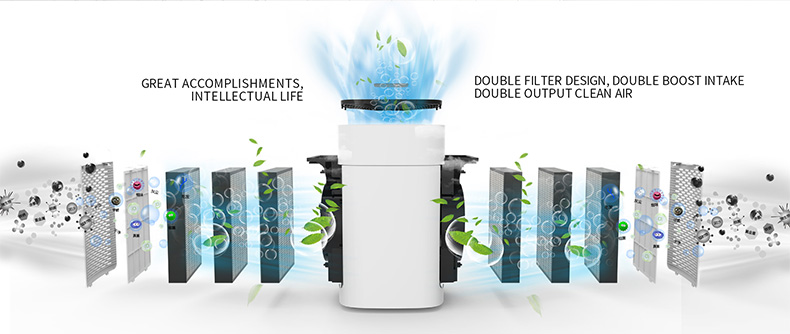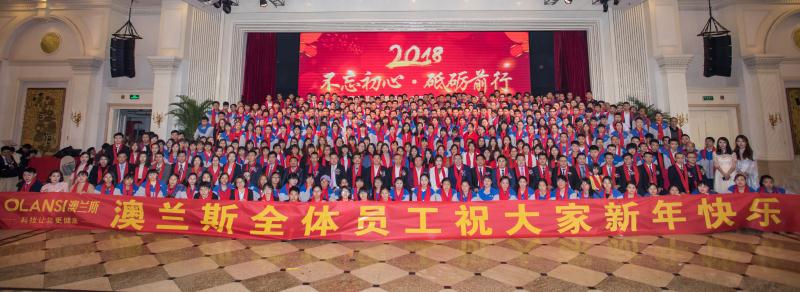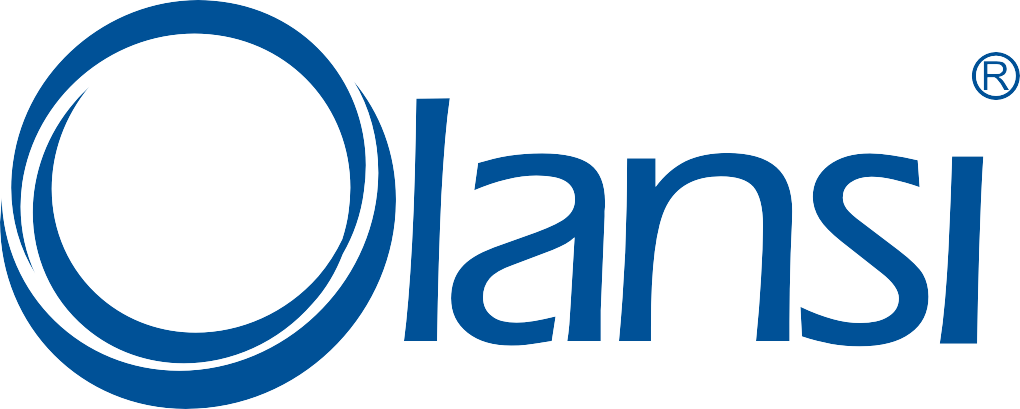What are the methods for indoor air purification?
All kinds of pollutants in the air have more or less impact on human health, so what methods can be used to remove these pollution? Now we will introduce the main indoor air purification methods.

- Air freshener
When people smell peculiar smells, the most natural thing is to deodorize them with incense, the fragrance will make the spirit happy. Air fresheners come in solid (including balm, fragrant tablets, etc.), liquid (perfume, essence), and gas (fresh spray, deodorant, etc.). The main components are alcohols, ethers, lipids, flavors, etc. The composition of organic compounds, because of its pleasant fragrance, masks the odor of other pollutants, and does not actually achieve the purpose of purifying the air. Both natural flavors and synthetic flavors increase indoor organic matter, which actually increases air pollution.
- Ventilation method

Ventilation, including natural ventilation and mechanical ventilation. Natural ventilation is to open doors and windows, let the air flow, let in the fresh air from outside, and take away the dirty air in the room. The most common mechanical ventilation is the exhaust fan and the fresh air system, which uses external force to forcibly ventilate the sealed space. The great advantage of the ventilation method is that it is simple and can effectively reduce the concentration of indoor air pollutants. But its shortcomings are also obvious: First, it is restricted by the quality of outdoor air. If the outside air quality is poor, more serious pollution will be generated; second, when the temperature difference between indoor and outdoor needs to be maintained, the exchange of heat energy will generate huge energy consumption. For example, if the air-conditioning room is ventilated, the high temperature outside will be brought in immediately, and the energy consumption of the air conditioner will increase greatly.
- filtering method

In the field of air purification, fiber filtration technology is the most economical and practical. The fiber can filter out most of the particles smaller than 10μm, mainly including plant fiber, polyester fiber, polypropylene fiber, and glass fiber. At present, the most widely used HEPA filter is glass fiber, and the highest efficiency for 0.3μm particles is 99.97%.
The filtration method is the most commonly used air filtration method. Most air purifiers on the market use fiber filtration technology. Fiber filtration is very effective for particles smaller than 10μm in the air, and smaller substances are easily adsorbed on the particles, so while filtering the particles, it can also achieve the effect of eliminating some bacteria and TVOC.
These materials accumulate on the fibers, but over time, they are like garbage dumps, turning into a hotbed of bacteria, causing secondary pollution. Therefore, the filter of the purifier should be replaced frequently, which is the biggest disadvantage of the filtration method.
4. biological purification method
Many people like to grow Chlorophytum, Aloe, Scirpus, and other plants indoors after newly renovating their rooms. These plants can decompose some organic compounds during photosynthesis, but the quantity is extremely limited, and they require air circulation, which have a minimal effect on the air.
There is also the use of cultivated microorganisms and the use of biochemical principles to decompose organic matter, which can also play a role in purifying the air, but because it is too large, it is not suitable for use in a residential environment.

Olansi is a leading manufacturer based in Guangzhou. Olansi offer their products more than 40 countries and all main markets, providing first class service and support at all times. The company has been operating since 2009 and has almost 10 years experiences in the field of air purifier and water purifier producing.

